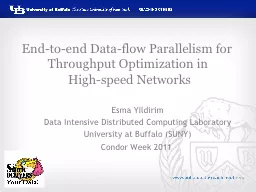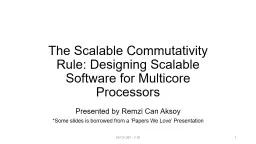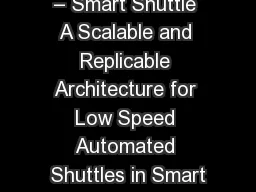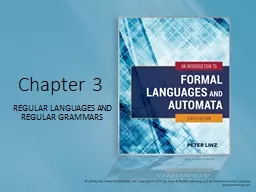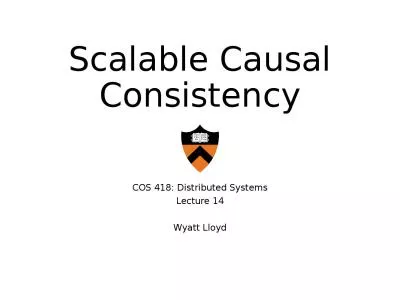PPT-A Scalable Architecture For High-Throughput Regular-Express
Author : alida-meadow | Published Date : 2016-11-05
Yao Song 11052015 The rate of data to be processed for pattern matching increases rapidly network intrusion detection systems Email monitoring systems The content
Presentation Embed Code
Download Presentation
Download Presentation The PPT/PDF document "A Scalable Architecture For High-Through..." is the property of its rightful owner. Permission is granted to download and print the materials on this website for personal, non-commercial use only, and to display it on your personal computer provided you do not modify the materials and that you retain all copyright notices contained in the materials. By downloading content from our website, you accept the terms of this agreement.
A Scalable Architecture For High-Throughput Regular-Express: Transcript
Download Rules Of Document
"A Scalable Architecture For High-Throughput Regular-Express"The content belongs to its owner. You may download and print it for personal use, without modification, and keep all copyright notices. By downloading, you agree to these terms.
Related Documents


